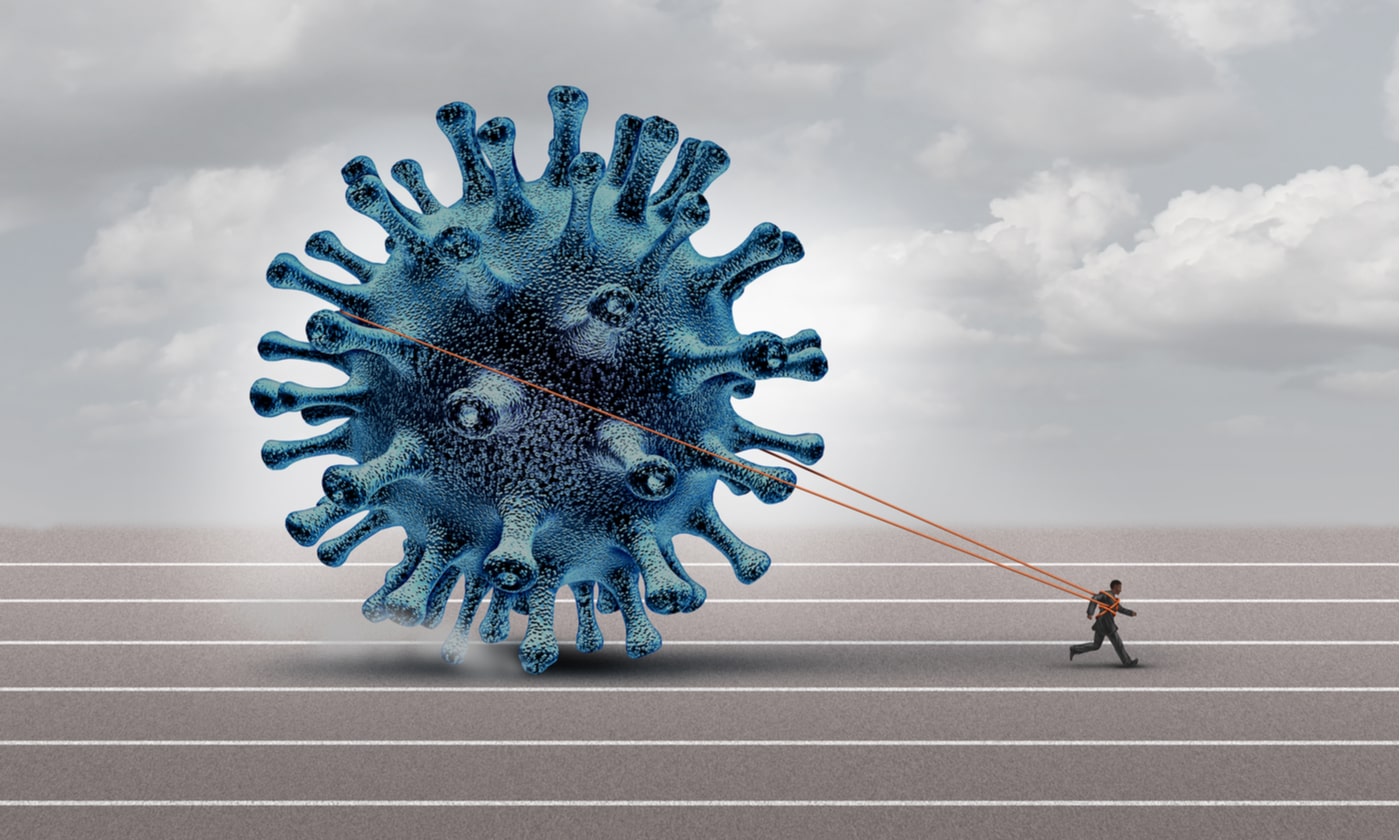HIV refers to the human immunodeficiency virus, which is a viral infection that targets the body’s immune system cells, such as macrophages, dendritic cells, and helper T cells (specifically CD4+ cells) (1). In the absence of effective treatment, the number of CD4+ cells declines, eventually leading to a loss of cell-mediated immunity and the development of acquired immunodeficiency syndrome (AIDS) (2).
Although there is no cure for HIV, there are very effective medicines available to prevent the progression of HIV and to prevent the transmission of HIV to others through sex.
These medicines, called antiretroviral therapy (ART), reduce the viral load, which refers to the amount of HIV in the body. Consistent use of ART keeps the viral load low and enables the immune system to recover and maintain a high CD4+ T cell count.
When the viral load is very low, it is referred to as viral suppression. HIV viral suppression is defined as less than 200 copies of HIV per milliliter of blood (3). This can also be called an “undetectable viral load”.
When this viral load is at undetectable levels (viral suppression), it doesn’t mean the virus is gone completely, but it does prevent the disease from progressing and means there is effectively no risk of passing HIV to others through sex (3). It also reduces the risk of transmission through shared needles and syringes, from a mother to her baby during pregnancy and at birth, and during breastfeeding. However, current recommendations in the United States state that HIV-positive mothers should not breastfeed their babies even if they have an undetectable viral load (3).
At the end of 2019, an estimated 59% of individuals on ART had achieved suppression of the HIV virus with no risk of transmitting the virus to others through sex (4).
ART is life-long and must be taken as prescribed on a daily basis. If ART is not taken consistently, drug-resistant HIV strains can develop, meaning the medications will no longer be effective (3).
Routine viral load and CD4+ T cell monitoring are important to ensure that treatment is effective and maintaining viral load at undetectable levels in the blood (5).
References:
1. Cunningham, AL, et al. (2010) Manipulation of dendritic cell function by viruses. Curr Opin Microbiol, 13 (4), 524-529.
2. Weiss RA. (1993) How does HIV cause AIDS? Science, 260 (5112), 1273-1279.
3. HIV Treatment. Reviewed May 2021. CDC.
4. HIV/AIDS. World Health Organization.
5. HIV Treatment: The Basics. (Reviewed March 2020)HIVinfo. NIH.gov.



